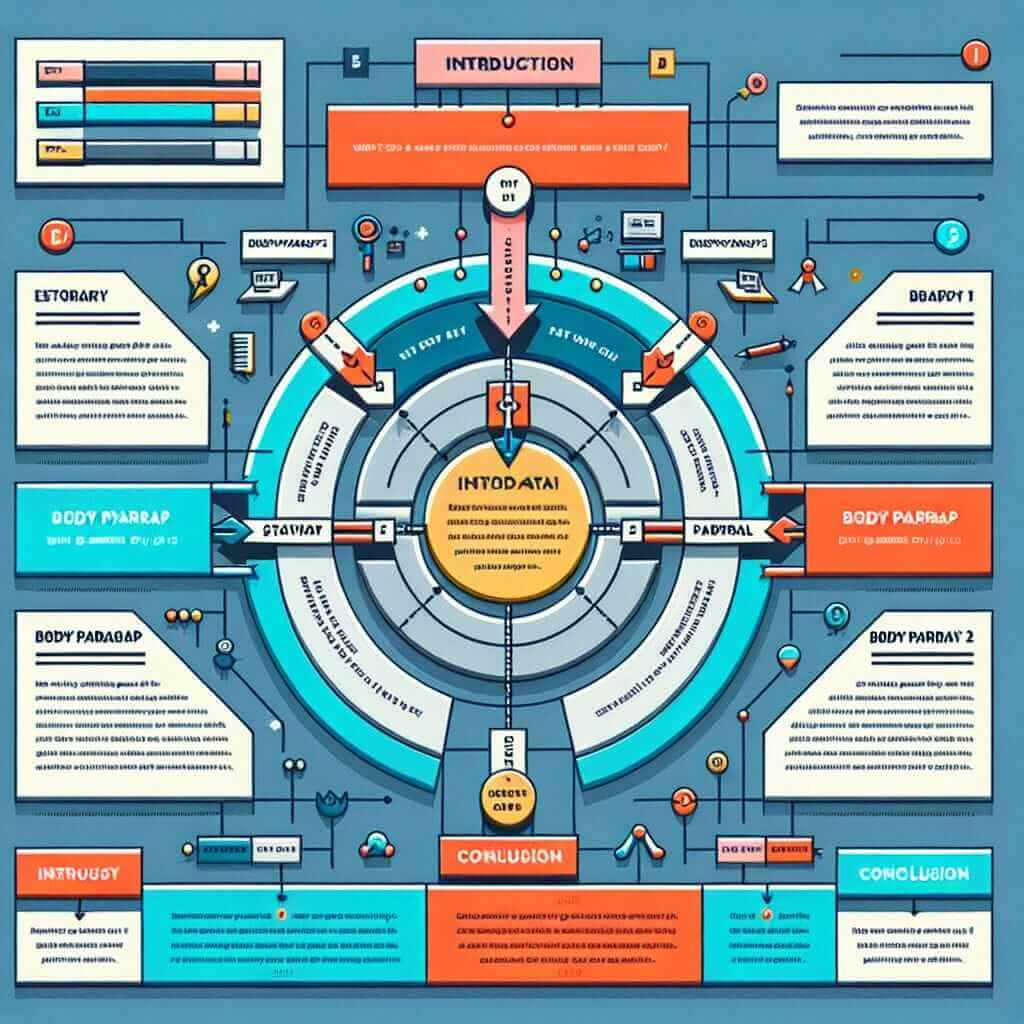Introduction: Conquering the IELTS Writing Challenge
The IELTS Writing Task 2 often presents you with a social issue or argument, asking you to express your opinion in the form of an “agree or disagree” essay. This task can feel daunting, especially when faced with the pressure of a timed exam. Fear not! With over two decades of experience helping students ace the IELTS, I’m here to guide you through crafting compelling arguments and achieving a band 7+ score.
Understanding the “Agree or Disagree” Essay
This essay type requires you to clearly state your position on a given prompt and then support your stance with well-developed reasoning and relevant examples. Common prompts include phrases like:
- “To what extent do you agree or disagree?”
- “Do you agree or disagree with this statement?”
- “What is your opinion on…?”
Remember, the key is not simply to agree or disagree but to present a well-reasoned, coherent argument that demonstrates your English language proficiency.
Crafting Your Masterpiece: A Step-by-Step Guide
1. Analyze the Prompt: Laying the Foundation
Before you begin writing, take a moment to fully understand the prompt. What is the central issue? What are the keywords? For example, in the prompt “Some people believe that technology has made our lives easier. To what extent do you agree or disagree?”, the keywords are “technology”, “easier”, and “extent”. This analysis will guide your brainstorming and ensure your essay remains focused.
2. Decide Your Stance: Taking a Side
While it might seem tempting to choose the side you think the examiner prefers, remember, there is no “right” or “wrong” answer in IELTS. Select the stance you can argue most effectively with relevant examples and justifications.
3. Structure is Key: Building a Coherent Argument
A clear structure is crucial for a high-scoring essay:
- Introduction: Start with a hook that grabs the reader’s attention. Paraphrase the prompt and clearly state your opinion.
- Body Paragraph 1: Present your strongest argument in support of your stance. Use specific examples to illustrate your points.
- Body Paragraph 2: Introduce a second argument reinforcing your viewpoint or address a counter-argument to demonstrate critical thinking.
- Conclusion: Summarize your main points and restate your opinion using different wording. Avoid introducing new ideas at this stage.

4. Power of Language: Using Effective Vocabulary
Utilize a range of vocabulary related to the topic and your stance. Instead of simply saying “good”, consider synonyms like “beneficial”, “advantageous”, or “positive”, depending on the context. Be mindful of collocations (words that commonly go together) and avoid informal language or slang.
5. Examples Bring Your Essay to Life
Don’t just state your opinion; back it up with concrete examples. These can be drawn from personal experiences, current events, historical knowledge, or hypothetical situations. For instance, if you’re arguing that technology has made life easier, you could mention the convenience of online shopping or the efficiency of communication tools.
Illustrative Example: Putting Theory into Practice
Prompt: Some people believe that the benefits of globalization outweigh its drawbacks. To what extent do you agree or disagree?
Possible Essay Structure:
Introduction: Begin with a hook like “Globalization, a force reshaping our world, sparks ongoing debates about its merits.” Then, paraphrase the prompt and state your stance (e.g., “This essay contends that while globalization presents challenges, its benefits significantly outweigh its drawbacks.”).
Body Paragraph 1: Focus on economic benefits – increased trade, job creation, and access to a wider variety of goods and services. Support with examples like the growth of multinational companies or the availability of affordable products from different countries.
Body Paragraph 2: Address a counter-argument, such as the potential for job displacement in developed countries. Acknowledge the validity of this concern but offer a counterpoint – globalization also creates new opportunities and specialized roles.
Conclusion: Summarize the benefits discussed, reiterate your stance, and end with a thought-provoking statement, like “Ultimately, embracing globalization’s opportunities while mitigating its challenges is key to fostering a more interconnected and prosperous world.”
Essential Tips for Success:
- Practice makes perfect: Familiarize yourself with different essay prompts and time yourself to simulate exam conditions.
- Seek feedback: Have a teacher or experienced IELTS tutor review your essays and provide constructive criticism.
- Read widely: Expand your vocabulary and knowledge of current affairs, which can be invaluable for generating relevant examples.
Conclusion: You’ve Got This!
Remember, mastering the “agree or disagree” essay, like any aspect of the IELTS, requires practice, perseverance, and the right strategies. By following these guidelines, you’ll be well on your way to crafting compelling arguments and achieving your desired band score. Good luck, and remember, I’m always here to support you on your IELTS journey!